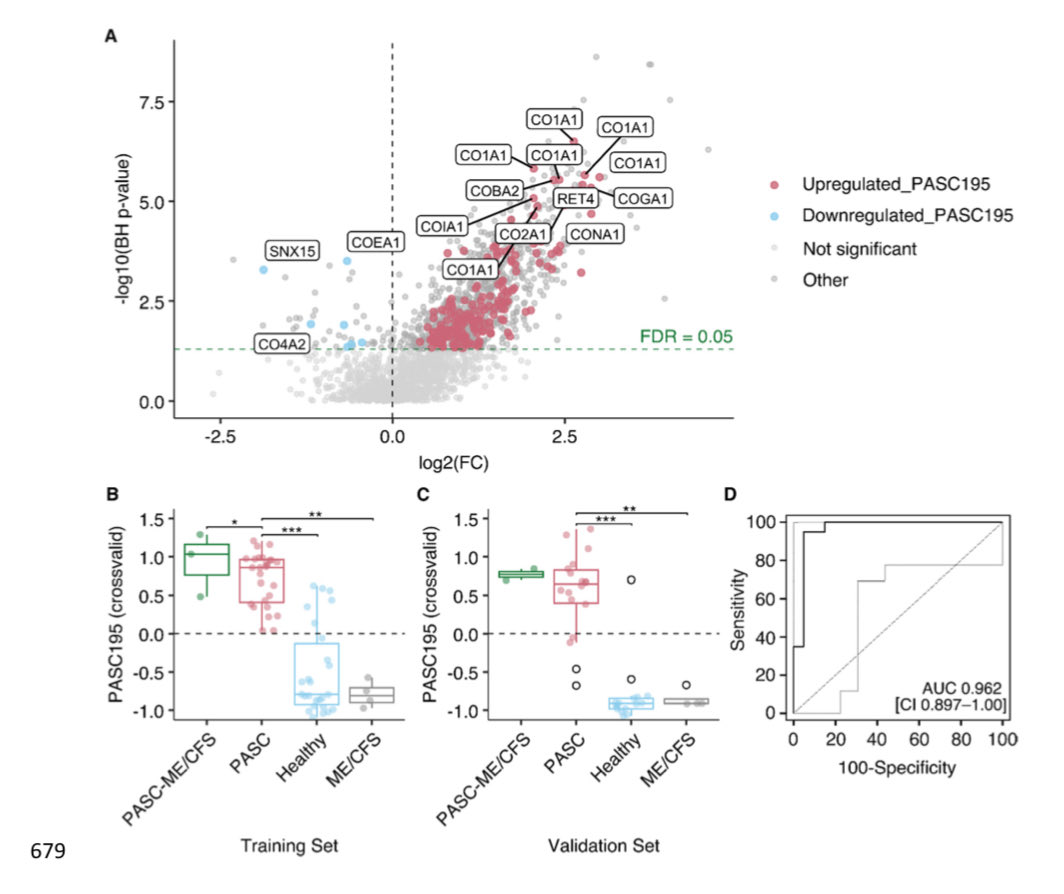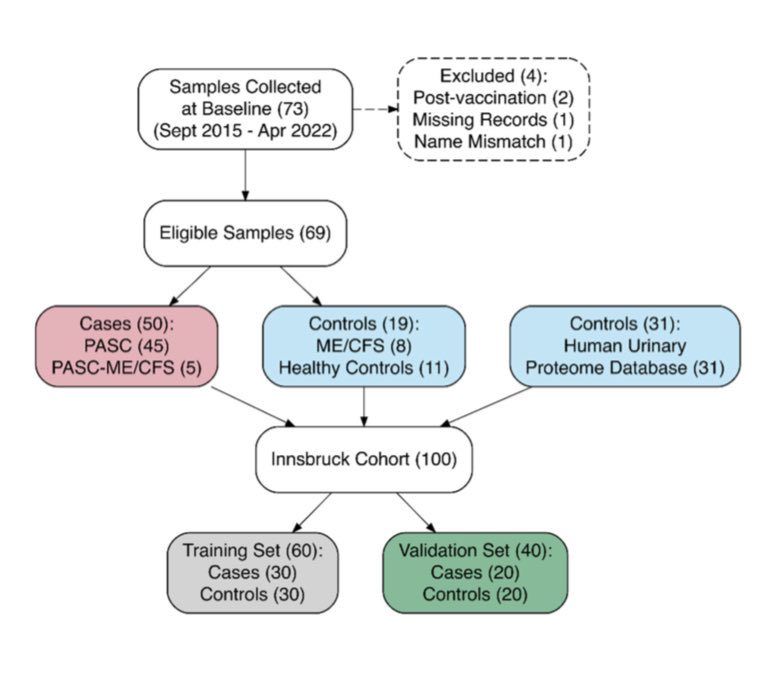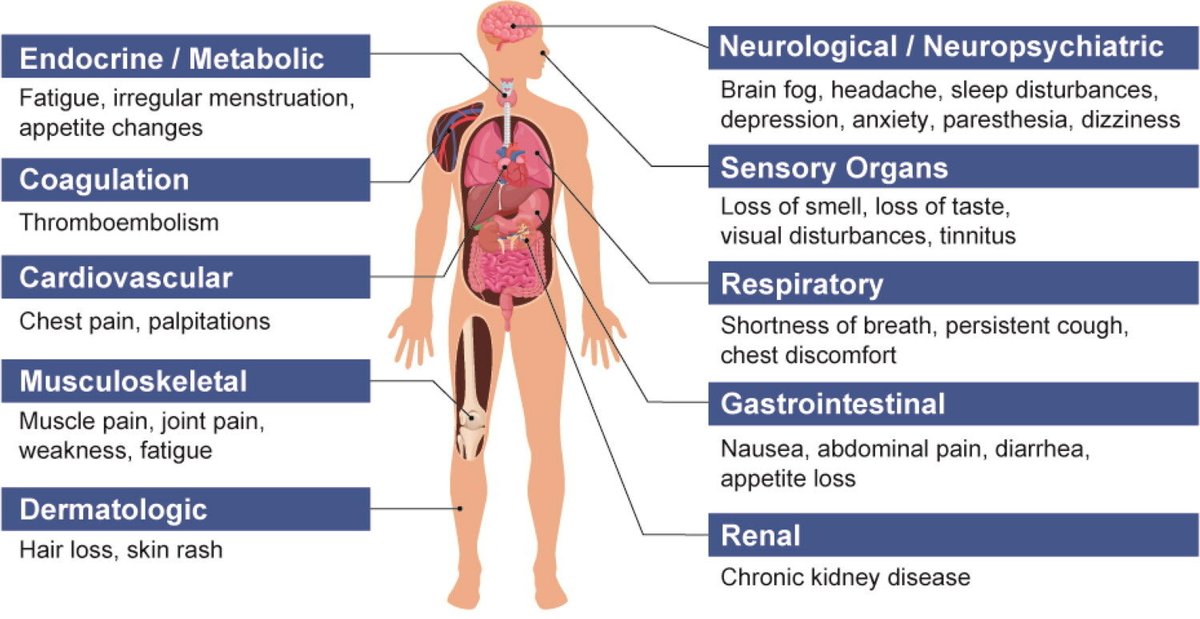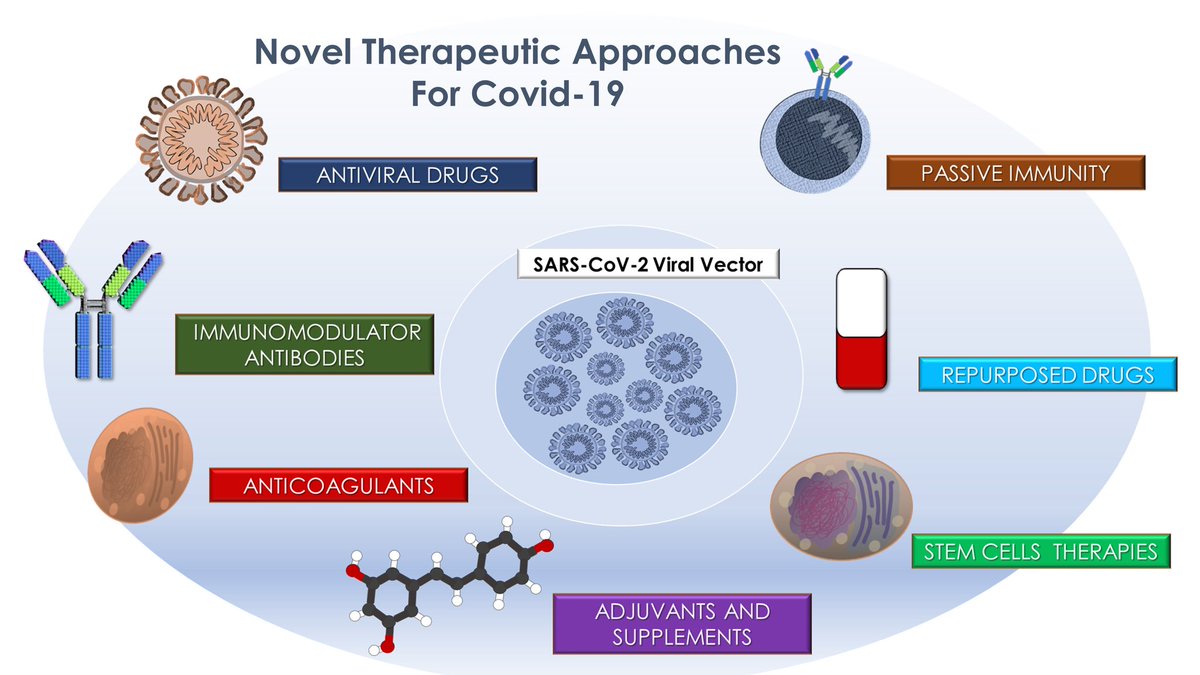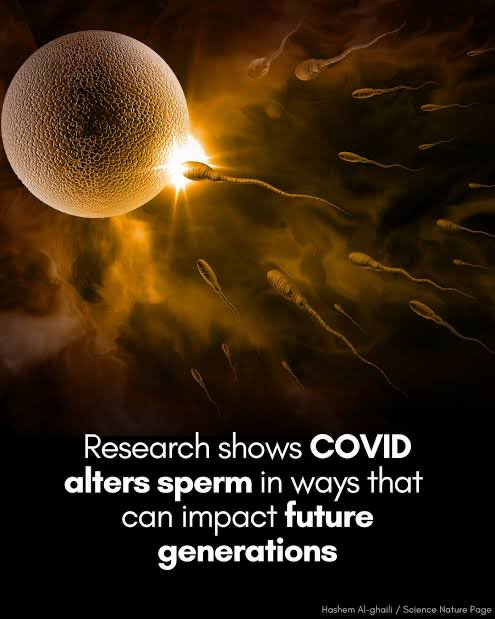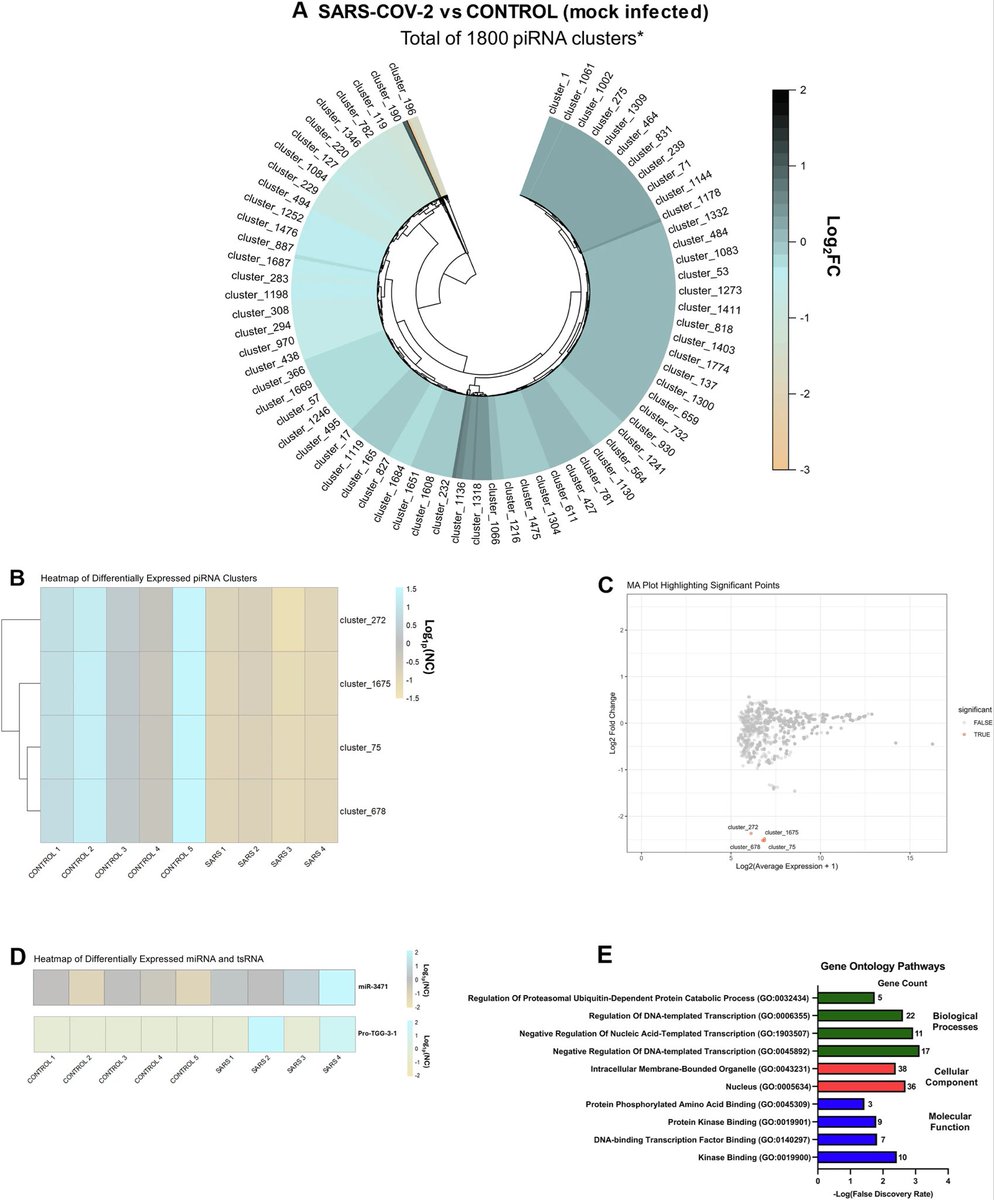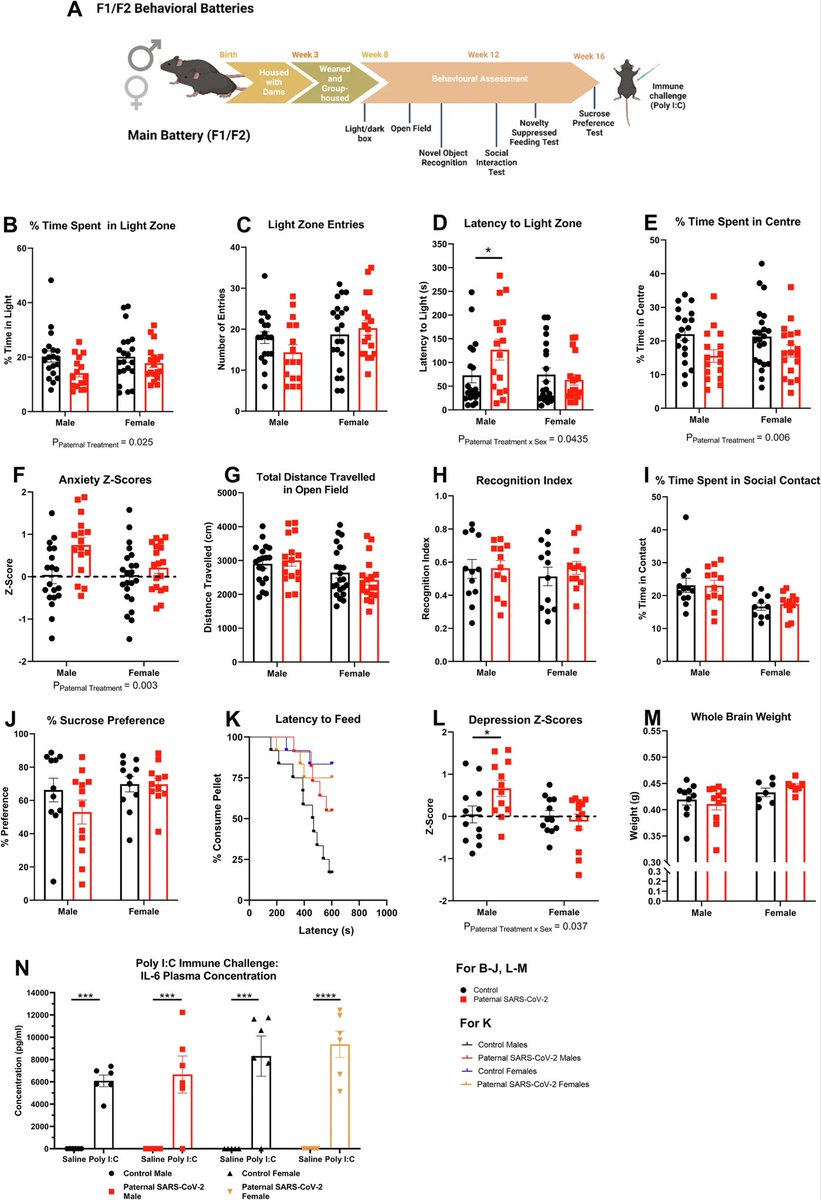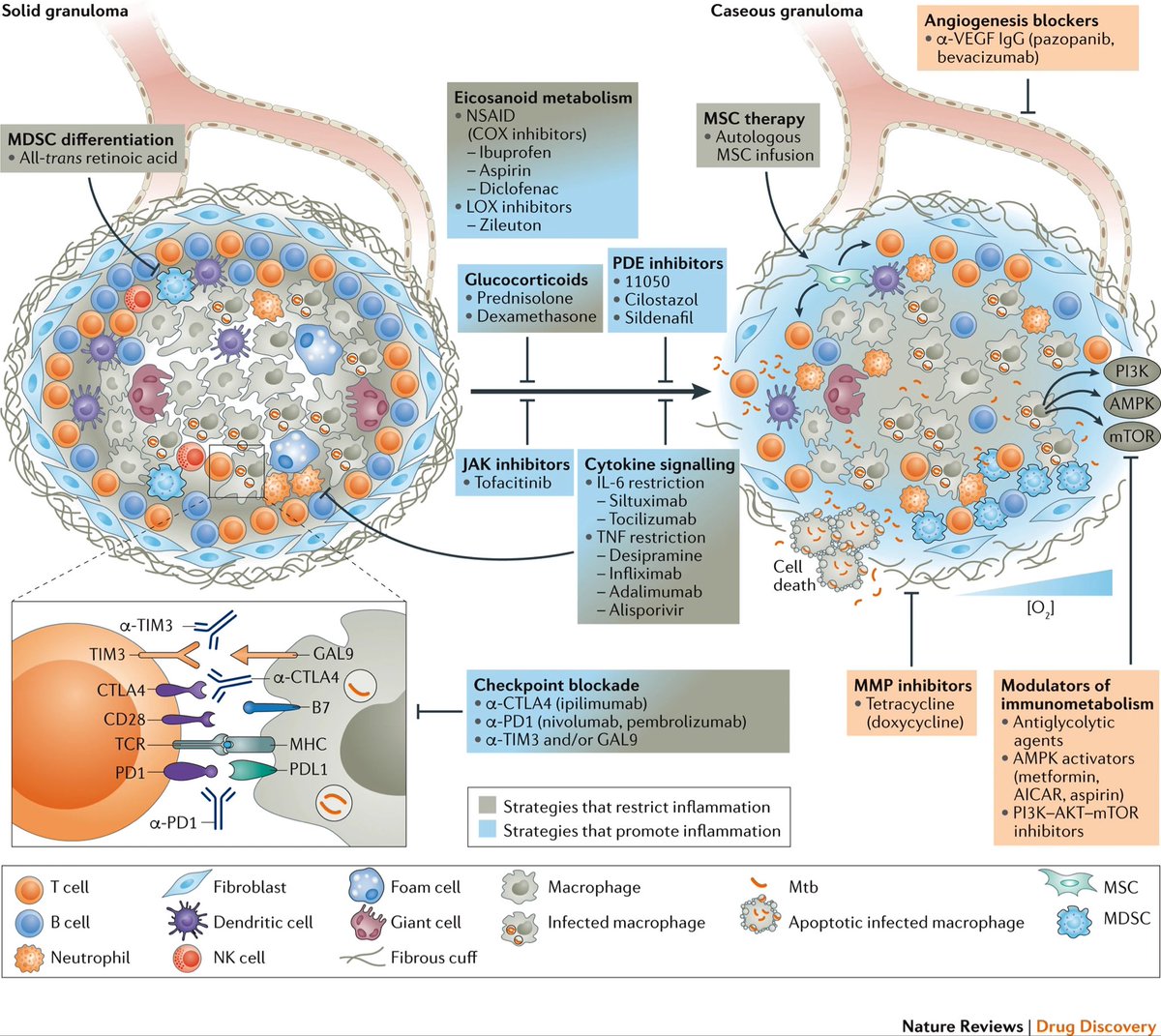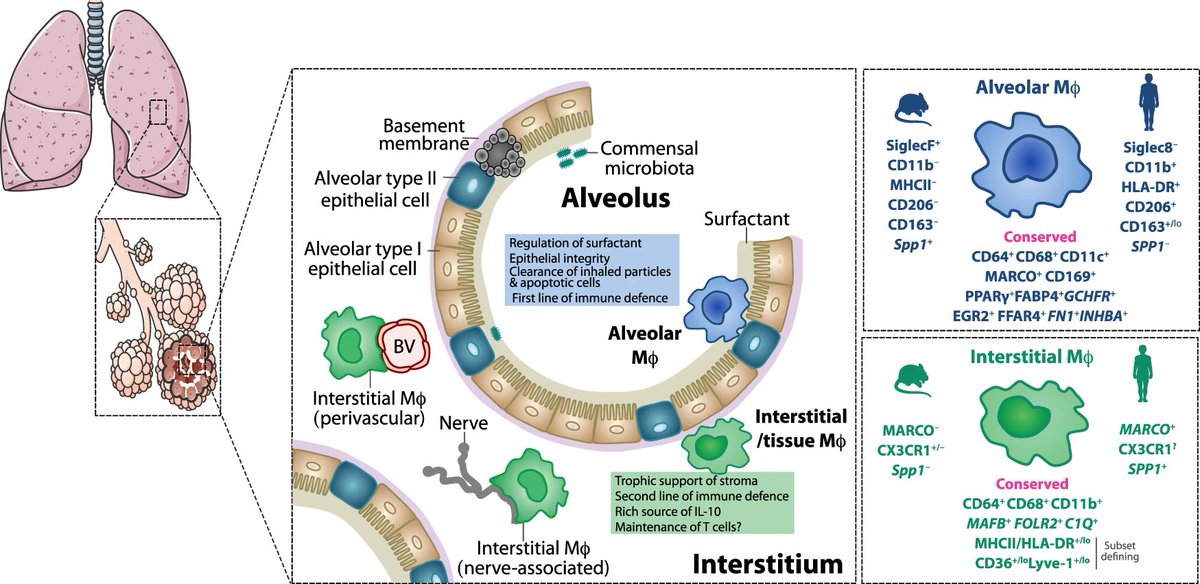Researchers in a NEW study from Latin America have determined that >60% of people who contracted COVID-19 have neurological symptoms that impact their cognitive function and quality of life, even 2-3 years after COVID-19. 1/ 

The most common neurological symptoms in patients with long COVID-19 were "brain fog" in 60% of patients, muscle pain in 42% and numbness or tingling in 41%. Non-neurological symptoms were fatigue (74%), sleep problems (46%) and anxiety (44%). 2/
"'Brain fog' and fatigue remained persistent regardless of the duration of long COVID, underscoring the need for comprehensive and long-term care for those affected by this condition. 3/3
frontiersin.org/journals/human…
frontiersin.org/journals/human…

• • •
Missing some Tweet in this thread? You can try to
force a refresh





